30 Ways to Use Facebook for Affiliate Marketing
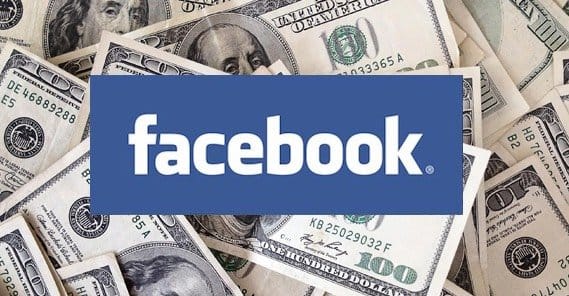
With affiliate marketing, your goal is to get people to buy something you post a link to. There’s a lot of nuance to it, of course, but I’m not here to tell you about the basics of affiliate marketing. Today, we’re discussing specific strategies you can use with social media, specifically Facebook, that can earn you some money via affiliate marketing.
What I’ve done below is grouped up similar strategies into sections, both so you can get multiple ideas about the same kinds of strategies and so that you can skip sections that don’t apply to your situation.
Promoting Directly on Facebook
This section is all about organic posting on Facebook. For ads, look for the last section. Organic posting can involve your personal account or your business page, but be aware of the limitations on both. Generally, Facebook takes less issue with business pages promoting affiliate links, but personal profiles have more liberties with joining groups and posting to other walls.
1. Post an affiliate link directly on your personal feed. Now and then, your feed will take it, but neither your friends nor Facebook will like you if you’re posting nothing but ad links every day. You’ll find fewer and fewer people actually see your posts, and it will hamper your friendships.
2. Encourage friends and family to share your link. Again, using this on a rare occasion to promote a good piece of content or a good deal will be fine. I recommend only doing this around holidays and only when the item in question is on sale. Monitor sales on Amazon and link to them for best effect.
3. Post an affiliate link on a page you’ve created for deals. One of the most common methods of using affiliate marketing on Facebook is a generalized “Great Deals” sort of page. The issue is, without a core focus, it can be difficult to take off and you have a lot of competition. Start narrow and broaden your horizons as you grow.
4. Post an affiliate link in Facebook groups you’re a part of. Some Facebook groups will be excellent places to share your links. Others will delete your posts and/or remove you from the group for advertising. Make sure you know the rules of the group before you post your link, to avoid such issues. If necessary, share links to your site instead of your affiliate links themselves.
5. Seek out new groups where you can share your link. When you have a focused product idea, you can seek out Facebook groups centered around those products and join them. If they’re active, they allow advertising, and they aren’t full of other affiliate marketers, they can make great places to share your links.
6. Post testimonials with a link on non-branded pages. Find fan pages for the products or brands, rather than the actual brands themselves. Find posts discussing the products and leave your review, complete with affiliate link. Be careful, though; this can be seen as a spammy technique and can hurt your account.
7. Share image galleries of your favorite recommended products. Facebook loves visual media, so image galleries can be a great way to show off a product you want to sell, even of those images are just spiced up versions of what the Amazon product page already has on display.
8. Create and post video reviews of your product with a link in the description. Video plays automatically but without audio, so make sure you have text to convey your message to those who aren’t clicking to listen.
Promoting Your Website on Facebook
These techniques go beyond promoting just your affiliate link, and assume you have a website of some kind set up. It can be as simple as a narrow niche microsite or as complex as a full and active blog, that’s up to you. Either way, these methods are for promoting the website, which itself promotes the links.
9. Promote your site in general via your personal news feed. Generally, your friends and family will be supportive of any creative endeavor or personal business you’re starting, and even more so if you’re successful with it. Sharing it can get some of them on board, and potentially get your friends to share it with their friends, who might follow it as well. Friends aren’t the best or highest converting demographic, but they can be a good supplement or a boost.
10. Promote individual pieces of content using your personal feed. On a similar note, rather than sharing your website in general, you can share specific pieces of content. This is best done when you know someone talking about a product; share a review you wrote that has your affiliate link in it.
11. Promote individual pieces of content using your business page. Business pages have better ability to reach specific groups of people, through organic post targeting and through ads. It’s always a better idea to share content than homepages on a business page, though, so you need to have a content production engine going if you want to keep this up. Consistency is important here.
12. Treat affiliate links as offers to encourage new users to follow you. Where other brands can offer specific deals and incentives, you don’t necessarily have control. What you can do, though, is pretend a sale you see is something you set up and link to it as a time-sensitive offer.
13. Post a compelling free incentive to get people to click through to your site. You can offer plenty of actual incentives, which may or may not be real incentives. Ebooks are a common offer, but you can create a pseudo-groupon deal or even just pitch a daily deals mailing list as an incentive.
14. Promote a deals-focused RSS feed for your website. Most of your audience won’t care about RSS, but those who do might be pretty interested in a reliable feed of your excellent content.
Networking with Influencers to Grow Your Website
Influencer marketing is the current big thing in marketing, and while it’s not necessarily effective for an affiliate marketer, it’s still worth pursuing. The more excellent content you have on your site, the better off you’ll be when reaching out to influences and starting partnerships.
15. Find other affiliate marketers in related niches and reach out for a partnership. I see this most often with food-based bloggers who use affiliate marketing and promote each other’s content. This is great for them because there’s an infinite variety of recipes and personal stories to go along with them. The more personalized and varied your niche, the better off you’ll be.
16. Use Facebook groups to find people who will follow your page. Remember all of those groups you found way back in part one that were potentially valuable but have rules against advertising? You can network with those people in a way that gets them to be readers and gets them to promote your page to their own audiences, and even within the group.
17. Discuss a product on an influencer’s page when they mention it. This one takes a little luck, but if you see someone with a high profile page talking about a product, you can write up a quick review or piece of content about it – or find one you’ve already made – and link to it in a comment. The value is the important part here, you’re basically just trying to become one of their top comments.
18. Promote your content to high profile influencers in hopes of a share. Again, some strategies require high quality content, like reviews and user guides. If you find a blog in your niche that likes and shares high quality content, you can share yours with them and see if they’ll promote it.
Growing a Mailing List Via Facebook
A mailing list is a great resource. You can use it in a loop to get people from your website to Facebook and from Facebook to your website. It’s also a source of traffic and link clicks independent from organic and paid search. Building a mailing list is one way to help launch other sites and to help make yourself independent from reliance on paid ads.
19. Use an existing mailing list to add people to your Facebook page. I don’t recommend buying a mailing list – your content will just end up in the spam folder and you’ll be blacklisted – but if you have an existing list from another business, you can recommend adding your new list.
20. Post compelling links to optimized landing pages. In your organic feed on Facebook, you can post links to specific landing pages that you have spend some time optimizing for conversions. The point of these landing pages will not be pitching your affiliate links, and they shouldn’t even be present. Instead, just have a form users can fill out to sign up for your list, and a bunch of text explaining why they should do exactly that.
21. Offer free content, like in-depth usage guides for products. This is generally the standard “free ebook on X topic for signing up!” offer, but you can spin it to be whatever sort of incentive you want to give away. Just make sure the incentive doesn’t cost you more than the expected value of the people you get signing up for your list.
Using Facebook Ads
A lot of this post is focused on Facebook ads, because frankly, ads are the way to go. I talk about the organic options above because most people don’t want to spend money when they aren’t making money, and because you do need something of an active presence organically before you can make optimal use of ads.
22. Run sidebar ads targeting fans of the actual brand. Sidebar ads aren’t all that useful for conversions since a lot of people ignore them or have them blocked, but the exception is when you know those people are already fans of the product specifically. This works best with brands that only produce one thing, or if you’re targeting fans of pages that are fan pages for the specific product rather than the brand as a whole.
23. Run news feed ads promoting your blog content. The news feed is great for posts that look organic, but are paid to reach specific types of people. The kicker here is to be specific with your post targeting, but I’ll talk more about that at the end of this post.
24. Run news feed ads promoting an incentivized offer. Any incentive you’re offering, for blog subscribers, mailing list opt-ins, or any other form of conversion can be enhanced by paying for it to get extra promotion.
25. Run video ads to take advantage of Facebook’s promotion. Facebook has been heavily promoting video ads over the past year, because they’re the new hotness and they’re trying to compete with the likes of YouTube and the now-defunct Vine.
26. Run news feed ads promoting your item directly. This is tricky, because Facebook doesn’t generally like running ads where the target is simply an affiliate link. You will at least need to link to a landing page to get through their approval process.
27. Target your followers exclusively with premium offers. You can save your best deals – which are generally not as profitable to you because of their lower commissions, though they might convert at a high enough rate to make up for it – for targeting specifically to your existing followers.
28. Run ads to promote a landing page for your mailing list. This is a great way to get existing followers to sign up for your mailing list, where they will be exposed to your site from another angle, and can convert from there.
29. Run ads that directly result in an email sign-up. Facebook has a mailing list sign-up ad objective, and when the user clicks on the “sign up” button on the ad, they will directly plug in their email address and won’t even have to go to your landing page. Eliminating that additional step can be very helpful in converting more people.
30. Be very specific with product ads and associated interest targeting. I mean very specific. A good target audience might be “men age 30-35 in the USA with an interest in blenders and who follow 2-3 select blender pages on Facebook.” That’s quite a narrow niche, but with over a billion people eon Facebook, that can still be tens of thousands.
 ContentPowered.com
ContentPowered.com



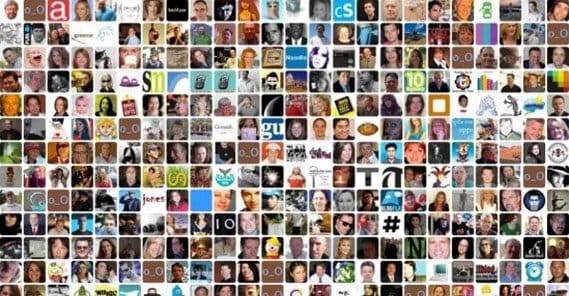
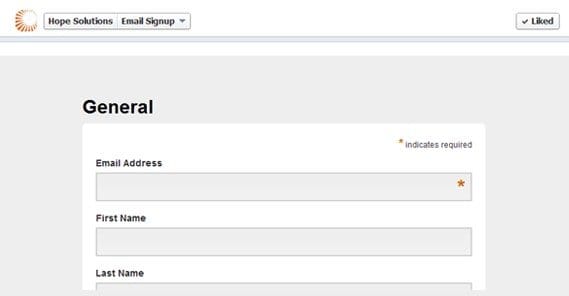
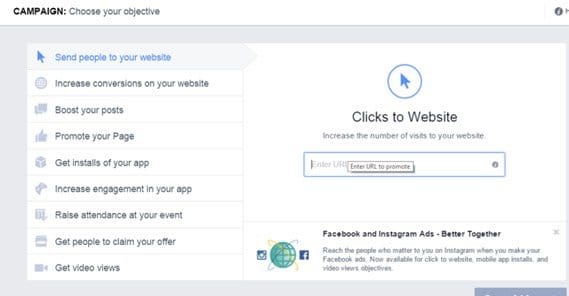

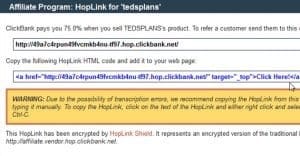

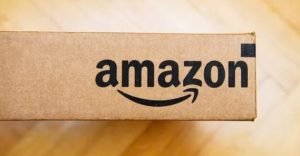
Is there anywhere that states using affiliate links in groups is ok with Amazon? I haven’t been able to find anything but I’ve seen several people saying you are only supposed to post your link to your own pages.